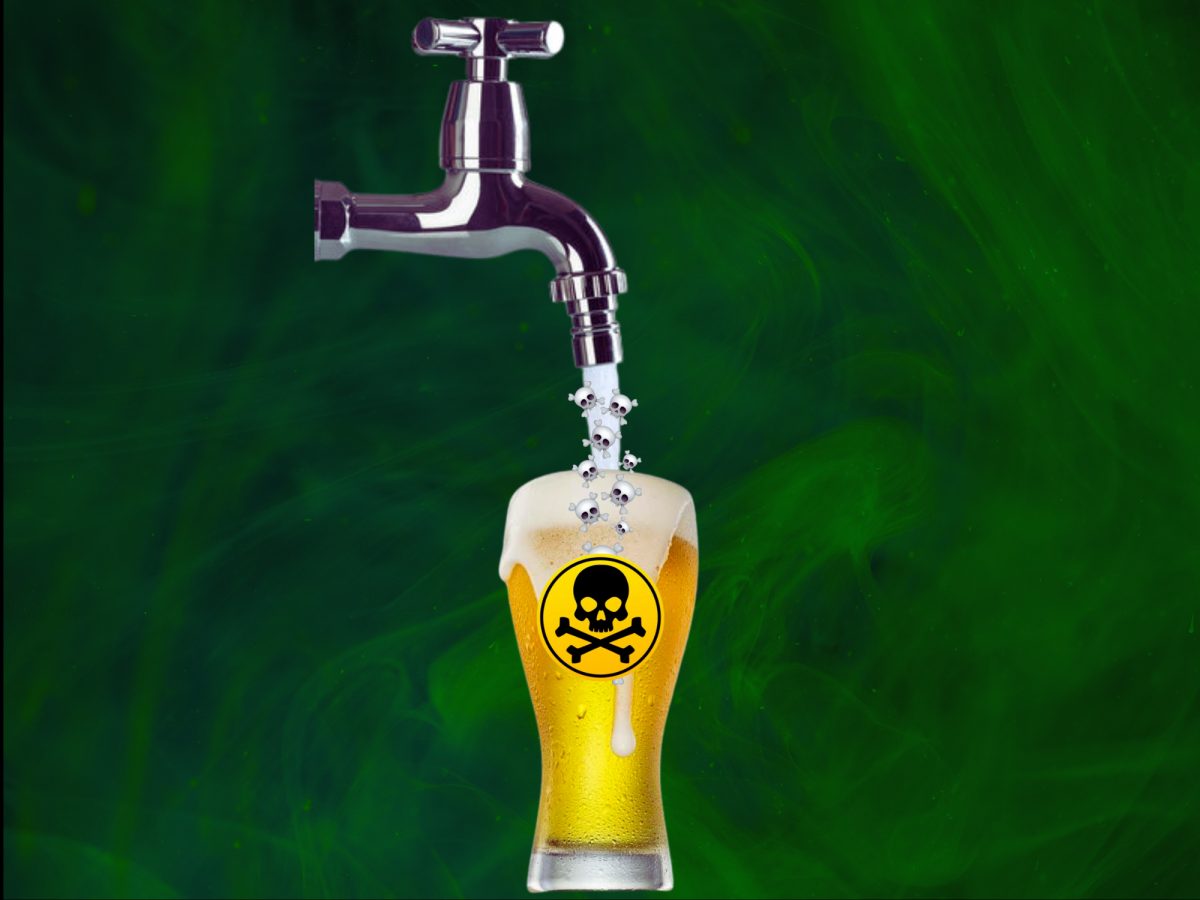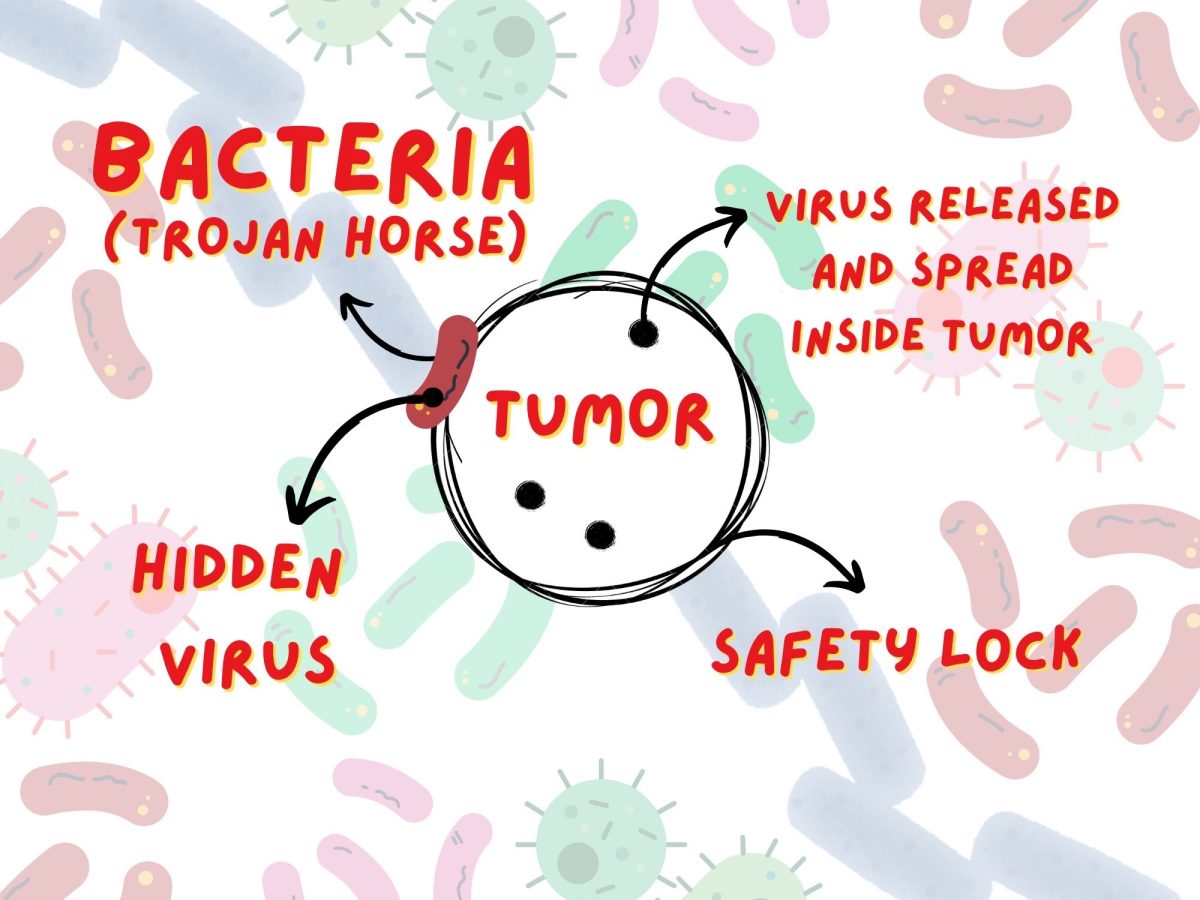A study from the American Chemical Society revealed that 95% of beers had traces of toxic chemicals called ‘forever chemicals’. Researchers examined 23 various beers and discovered per- and polyfluoroalkyl substances, also regarded as PFAS, in 22 out of 23 of them. These man-made chemicals don’t break down easily and can get into beer through local water supplies.
The highest levels showed up in beers brewed in places known for contaminated municipal water: North Carolina’s Cape Fear River and parts of Michigan.
PFAS are highly stable and are called forever chemicals because once they enter soil, rivers or our bodies, they tend to stay there.
Studies have indicated that PFAS exposure leads to health problems like high cholesterol, liver and kidney damages, weakened immune responses and certain cancers.
Beer contains over 90% of water, and breweries use local tap for brewing. Water is also used for cleaning equipment and packaging. Breweries treat water to adjust its taste, pH and mineral balance, but this process can’t filter out PFAS.
If the mineral water supply feeding a brewery is contaminated, then the chemicals are likely to appear in the finished beer. The new tests confirmed this connection by showing a strong correlation between PFAS levels in local water systems and the beers brewed.
The testing covered beers from both small and large brands, including some international beers sold in the US. PFAS were detected in 95% of the samples, with only one beer showing no detectable PFAS. The chemicals that showed most often were perfluorooctanesulfonic acid, also known as PFOS, and perfluorooctanoic acid, also known as PFOA, which can only be in water at very small amounts.
Beers brewed in North Carolina showed the widest range and highest concentrations of PFAS compounds, and Michigan beer also stood out for elevated levels. Large brewers with multiple facilities sold lower amounts of PFAS depending on where a beer was made, but smaller local breweries showed higher amounts.
In certain beers, PFOS or PFOA levels were higher than the US Environmental Protection Agency’s limit for drinking water, demonstrating how serious the contamination can be.
The Cape Fear River has been a major PFAS concern for years. Communities downstream near chemical plants have dealt with contaminated water systems, causing activists, local groups and environmental lawyers to push for strict regulations.
“Our request is to force N.C. DEQ to force Chemours to put everybody on well water on a whole house filtration or municipal hookup,” Dana Sargent, executive director of the Cape Fear River Watch, said in a press release. “Nobody should be dealing with under-sink systems that don’t cover their gardens, that don’t cover their baths, that don’t cover their dishwashers,”
While some utilities have led to lower PFAS levels, not every system has the resources to do so, and many private wells remain unprotected.
The brewers may need to consider adding carbon filters or reverse osmosis systems specifically designed to reduce PFAS in their brewing water. Some brewers already took these measures to control mineral content or improve taste.
The best option for consumers is to support stronger water treatment at the municipal level. PFAS in beer is about the contents already found in the water brewers start with. Cleaner water helps everyone from breweries to households.
The study demonstrates that PFAS from municipal water can make its way into beer. The message is not to stop drinking beer, but to recognize the issue: when local water is polluted, the effects ripple through daily life in unexpected ways.
A pint of beer may seem insignificant, but it reveals a larger truth. Clean water matters everywhere, not only concerning tap. Better water makes better beer, and until PFAS contamination is addressed, it will continue to show up in unexpected places.







